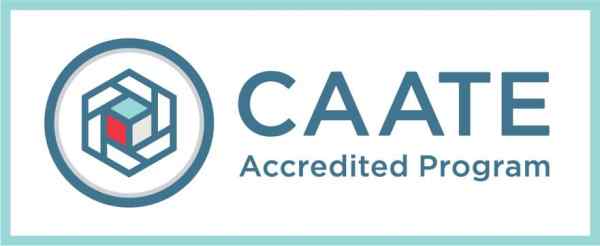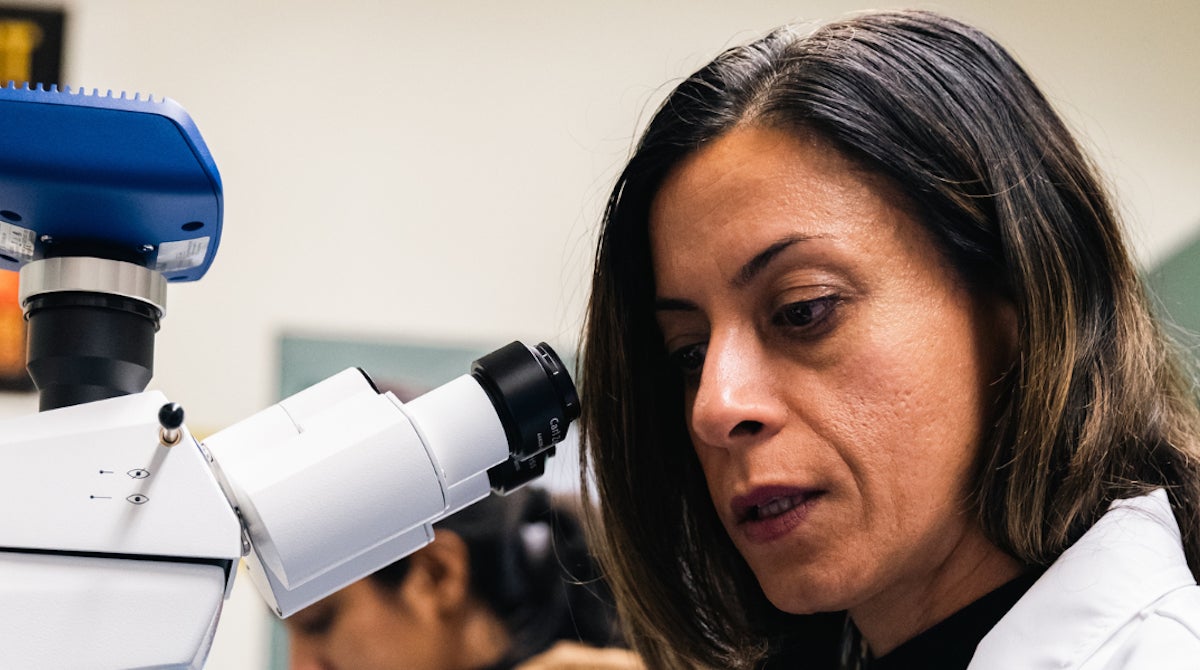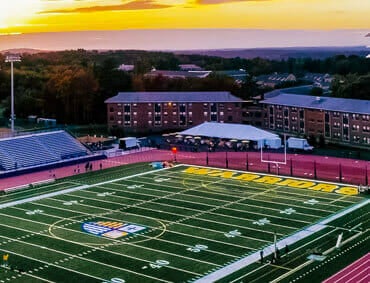Curriculum
Learn more about Merrimack College’s Master of Science in Athletic Training curriculum.
Learn more about our program’s BOC pass rate, program retention rate, program graduation rate and graduate placement rate.

Respond to the Demand for Qualified Athletic Trainers
As awareness of sports-related injuries such as concussions continues to rise, the demand for these skills among qualified athletic trainers is projected to increase a full 21% by 2022—faster than the average for any other career[1]. At the same time, community-based health awareness efforts are enhancing parents’ and coaches’ understanding of the risks of youth injury, which should continue to fuel demand for onsite athletic trainers.
Meet Your Career and Personal Goals
The demand for athletic trainers is no longer limited to the athletic field. The rising population of active, injury-prone older individuals, coupled with employers’ concerns regarding on-the-job injuries and liability, are building demand in a wider range of settings than ever before[1], including:
- Physician offices, where athletic trainers serve in clinical roles complementing physicians
- Rural and urban hospitals, hospital emergency departments, and urgent and ambulatory care centers
- Clinics with specialties in sports medicine, cardiac rehabilitation, medical fitness, wellness, and physical therapy
- Occupational health departments in commercial settings including manufacturing, distribution, and offices providing ergonomic support
- Police and fire departments, municipal departments, and military bases
- Colleges, universities, and community-based youth sports leagues
- Performing arts, such as dancers, musicians, and acrobats

